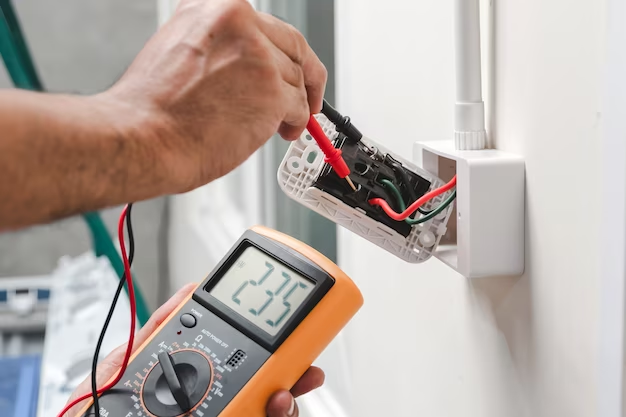Electricity is a common feature of modern lives, a luxury we take for granted, but that doesn't mean it's always predictable. That being said, there are quite a few misconceptions about electricity that can seriously affect your health if you aren't aware of them. If you aren't comfortable or confident when you're dealing with electricity or electrical cables directly there are numerous resources available online. You could even hire an electrician if you are so inclined. Regardless of your reason for needing to know more about electricity, here are a few common misconceptions that people sometimes have on the topic.
Jump-starting a Car

Many drivers are aware that jump-starting a car is possible, but the order in which you attach the cables is important. When jump-starting a car battery, you are always going to want to attach the positive clamp to the positive car battery terminal first and remove it last. If you attach the negative jumper clamp first, you run the risk of causing a dangerous electrical spark when you attach the positive cable to the terminal. Additionally, when making sure that the negative cable attached to the live battery is grounded make sure to attach that cable to a grounded piece of metal, possibly one that is attached to a car, rather than to the negative terminal of the dead battery so as not to accidentally ignite any hydrogen gas that might be escaping from the battery.
Costs of Energy Efficiency

Energy efficient appliances are marketed with eco-friendly applications in mind, but it can be difficult to know whether or not the energy you save will be worth the cost of buying the appliance in the first place. In many cases, it is, in fact, worth buying some energy-efficient appliances. For example, LED lighting is relatively cheap to buy and operate and consistent use of smart charging stations can help reduce unnecessary power usage and lower electric bills. Whether or not replacing doors and windows will save you money is a slightly harder question because it depends on their condition, on the weather where you are living, on how expensive your electric bills are, and on other parameters. In the end, you'll be making a decision that makes sense to you.
Electrical Outlet Compatibility

Not every country around the world has the same kind of electrical outlet. Australian electricity providers will supply approximately 230 volts to an electrical outlet in most cases, but appliances from the United States are often built to deal with outlets that supply only 120 volts. This means that if you are traveling from the United States to Australia, you will probably need a power adaptor and a voltage converter if you want to bring anything that needs to be plugged into a wall. Some devices come with a power supply that will work with a variety of voltage standards. If this is the case the instruction book that comes with your device will usually explicitly mention it next to a voltage-specific entry that displays the amps and volts that the device can work with.

There is a lot to know about how electricity works and how it interacts with your day-to-day life, but consumer products are usually made to be user-friendly. Learning how to work with electricity is a valuable skill whether or not you plan on making a career of it. Once the knowledge is gained, electrical safety will become a habit. If you do plan to make a hobby of installing and maintaining electrical devices, though, there is a lot to be gained from knowing how they work.







